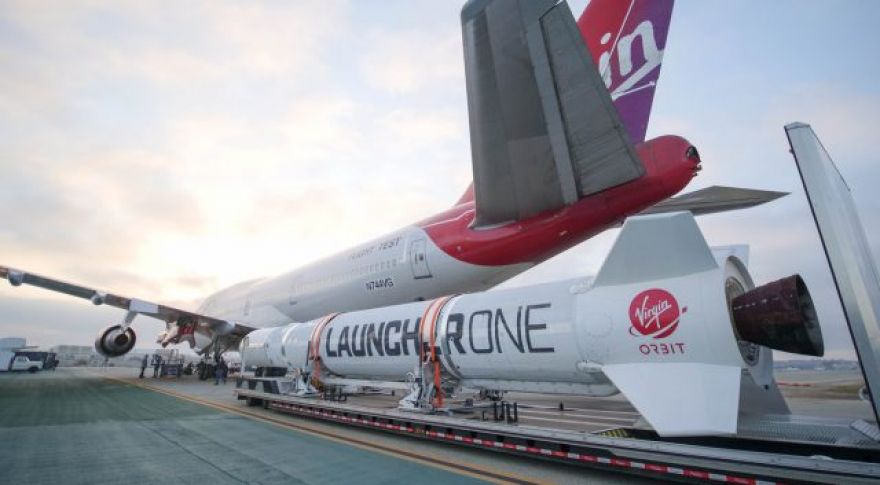
Virgin Orbit Aims to Send First Commercial Cubesats to Mars
The small, standardized satellites known as “Cubesats” have increased access to space — many launches include caches of Cubesats along with the main payload. Those tiny satellites are all hanging out around Earth, but that could change soon. Virgin Orbit, the rocket-based spinoff of Virgin Galactic, has signed a deal with Polish satellite company SatRevolution to .
Richard Branson’s Virgin Galactic aims to send people into space for a few minutes at a time using an unusual rocket-powered spaceplane. The company has been testing its designs for years, and it hasn’t always gone as planned. Virgin Orbit takes a similarly unusual approach to reach space.
NASA’s InSight lander is currently alone on , but it made the trip to the red planet with company. A pair of Cubesats called (MarCO A and MarCO B) traveled along with it as a proof of concept that Cubesats could operate on interplanetary missions. NASA lost contact with these satellites (as expected) several weeks after InSight landed, but the success of Mars Cube One has convinced SatRevolution and Virgin Orbit that such spacecraft can contribute to our understanding of other planets.
Virgin Orbit has completed a drop test with LauncherOne, but the rocket hasn’t flown yet.
SatRevolution, which is working with a consortium of Polish universities and companies, hasn’t provided precise details on what it hopes to accomplish. Well, other than being able to pat itself on the back about being the first to send commercial Cubesats to Mars. It says that Cubesats could capture photos, measure radiation levels, and more. Presumably, the Cubesats will perform flybys of Mars like Mars Cube One. To enter orbit, they would need powerful engines to reduce speed.
Before the Cubesats can head for Mars, Virgin Orbit needs to finish work on the LauncherOne system. The 70-foot rocket has been loaded aboard Virgin Orbit’s 747 carrier for “captive carry” and drop tests, but it hasn’t ignited its engines in the air yet. Virgin Orbit hopes to conduct its first orbital test by the end of 2019.
Now read: